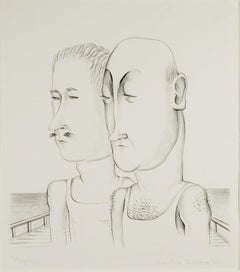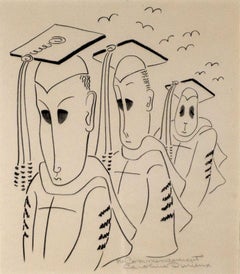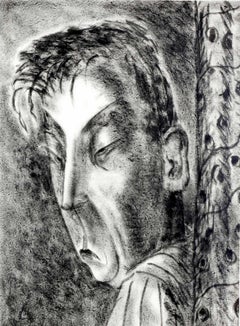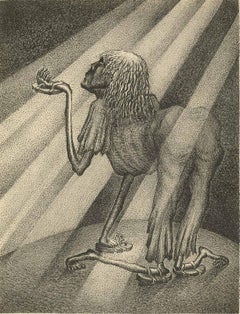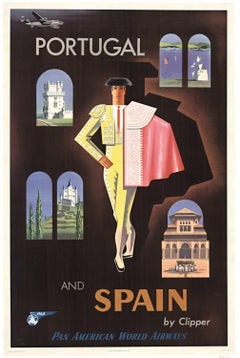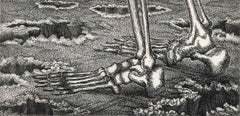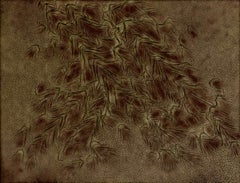Caroline Durieux Art
Caroline Durieux was a printmaker, painter, satirist, innovator and social activist. She was born in New Orleans and was already making sketches, by the age of four. Her formal art training was at Newcomb College (1912–17) and the Pennsylvania Academy of Fine Arts (1918–20). Carl Zigrosser of the Philadelphia Museum of Art encouraged Durieux to try lithography. While living in Mexico, she learned lithography from Emilio Amero and later, worked with Diego Rivera and the other Mexican masters. Her lithographs of the 1930s and 1940s rank as some of the finest satirical pieces ever made. Durieux joined the art faculty at Newcomb College and taught there from 1938–43. She also served as the director for Louisiana’s WPA Art Project, which she administered without regard for the race of the participants, within a segregated society. In 1943, she left New Orleans to teach at Louisiana State University, wherein in the early 1950s, she began experimental work on electron printmaking, demonstrating the peaceful use of atomic technology. She also successfully produced the first color cliché verres, while simultaneously, perfecting her technique for making electron prints. Durieux’s work is exhibited in the Museum of Modern Art, the Chicago Art Institute, the National Gallery of Art, the New Orleans Museum of Art, the Library of Congress and the Philadelphia Museum of Art.
1930s American Modern Caroline Durieux Art
Lithograph
1940s American Modern Caroline Durieux Art
Lithograph
1950s American Modern Caroline Durieux Art
Photographic Paper, Lithograph
1940s American Modern Caroline Durieux Art
Lithograph
Late 20th Century American Modern Caroline Durieux Art
Other Medium
Late 20th Century American Modern Caroline Durieux Art
Lithograph
Mid-20th Century American Modern Caroline Durieux Art
Handmade Paper, Etching
1950s American Modern Caroline Durieux Art
Lithograph
1930s American Modern Caroline Durieux Art
Lithograph
1980s American Modern Caroline Durieux Art
Lithograph
1910s American Modern Caroline Durieux Art
Lithograph
Howard Chandler ChristyOriginal Americans All! Honor Roll - Victory Libery Loan vintage poster, 1919
1950s American Modern Caroline Durieux Art
Lithograph
Jules CavaillesOriginal The French Riviera (Cote d'Azur) French Railways vintage travel poster, 1953
1940s American Modern Caroline Durieux Art
Lithograph
1910s American Modern Caroline Durieux Art
Lithograph
1930s American Modern Caroline Durieux Art
Lithograph
1940s American Modern Caroline Durieux Art
Lithograph
1940s American Modern Caroline Durieux Art
Lithograph
1970s American Modern Caroline Durieux Art
Lithograph
1970s American Modern Caroline Durieux Art
Photographic Paper, Lithograph
1940s American Modern Caroline Durieux Art
Color
1940s American Modern Caroline Durieux Art
Lithograph, Photographic Paper
1940s American Modern Caroline Durieux Art
Lithograph
1940s American Modern Caroline Durieux Art
Lithograph
